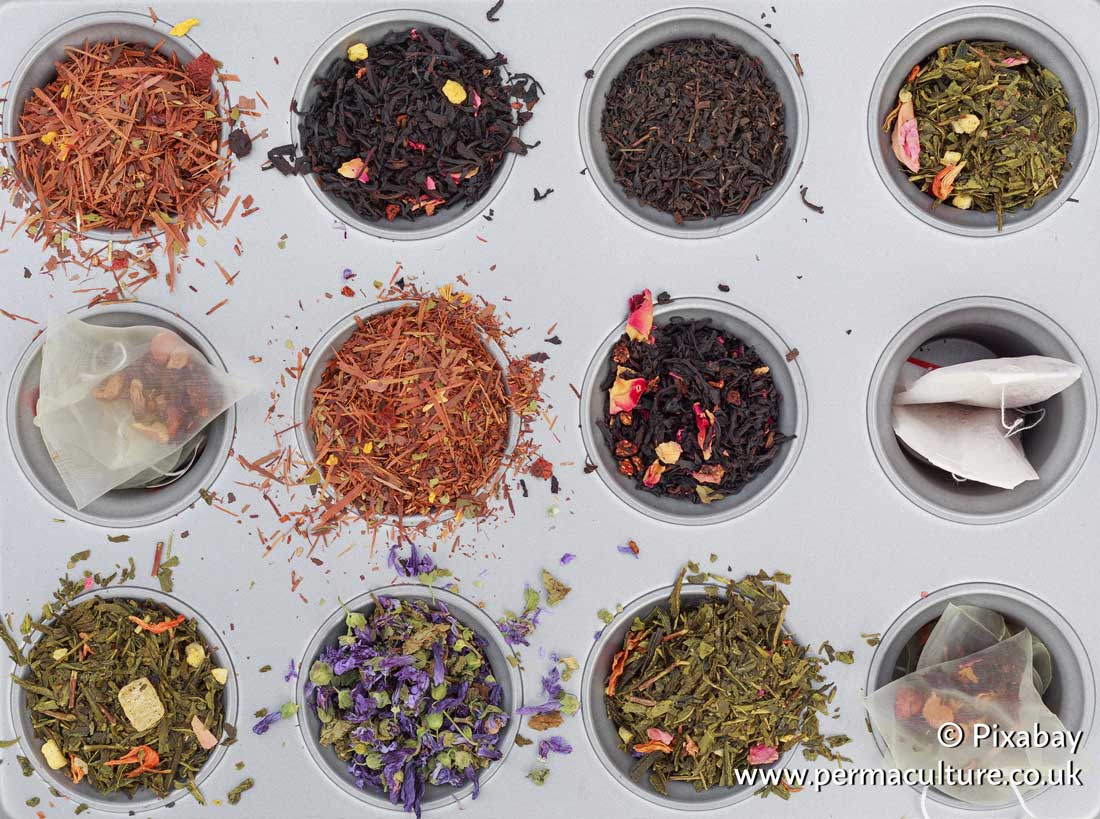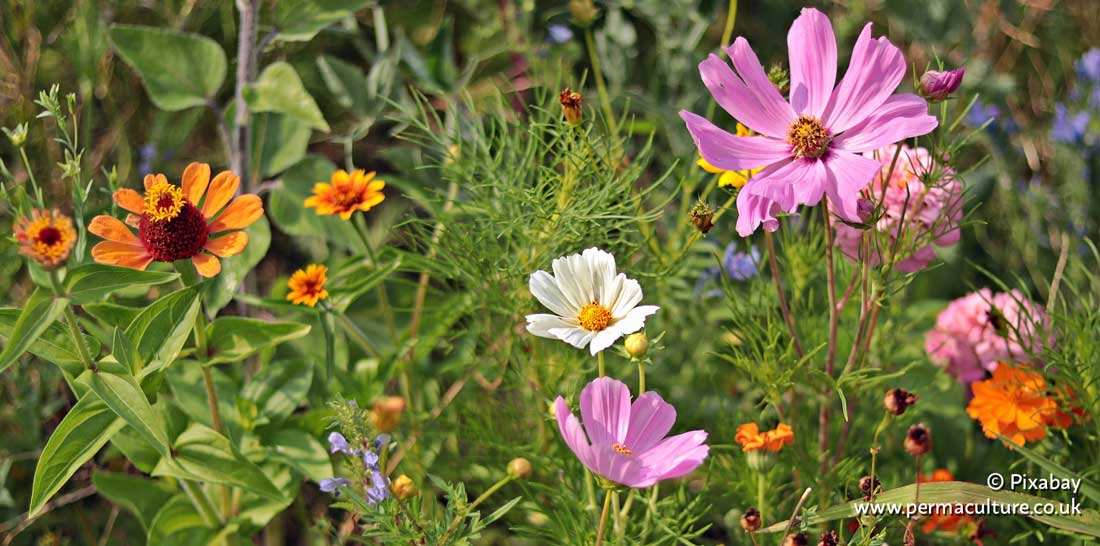The old year has died but within the decay there are signs of new life growing. The first bright green shoots of the spring bulbs are poking through the soil. Hazel catkins glow in the welcome sunlight and everywhere there is the feeling that life is stirring. Seen from a distance, some of the native trees have taken on a coloured hue, caused by the gentle swelling of their buds, faint at first, but increasing as the increase in the day’s length begins to influence the plants. There is a sense of rebirth in the air, of new beginnings waiting for their right time to come.
With this Earth-awakening comes new opportunities to make simple but life changing shifts in our lifestyles and thinking patterns. Living more sustainably and with greater awareness of the Earth is something we can no longer ignore. The time for dreaming is over. The time for action begins. We do nothing in isolation – each and every small change we make as individuals adds to the greater whole.
* Hill walking * Keeping a nature journal * Foraging for early spring greens and herbs
This is an in-between time, a place on the edge. Winter is still with us, but within this is an awareness that spring will come soon. There are days of sheer magical brilliance when the skies are blue, the sun shines and calls us out onto the land. There are also dark days, of rain, fog, snow, ice and weather that lets us know we must wait a while longer before the transformation of spring fully begins.
This is the time when the ideas we have been incubating in the winter months, begin to rise in us. Like the life force of the land, everything is moving from the inside to the outside, from being held and cocooned in the dark, to an awakening into the light.
The Celtic festival of Imbolc celebrates ‘First Stirrings’ and the awakening of the life force. As you walk the land, look for where nature is stirring and also ask yourself what is stirring deep within you? What can you do now to set things in motion and help them to grow?
Walking helps the fluidity of the mind and beautiful places encourage our inspiration and muse. Carry a note book and pen with you on your walks so that you can write poetry and write down any inspiring thoughts that come to you, tapping into what is rising in you after your winter sleep.
Allow yourself to be pulled outside whenever the sun breaks through, delighting in the turn of the season. Get out for quick spins and feel the benefit of the quickening. Observe all that is stirring and see yourself part of the life force that is visibly on the move.
Both nettles and chives are growing now and both are rich in iron. Chickweed is high in vitamins A and C and high in iron, copper, magnesium and calcium. Pick the first nettle tops and chive shoots and a handful of chickweed and soak them in cold natural spring water overnight. This is a cold infusion.
Drink the mineral and iron rich water as a spring tonic the next day and add the leaves to the soup pot. Top up the liquid to a pint and aim to drink 1 litre (2 pints) of natural spring water a day as a natural tonic and a spring clean for the whole system.
This is a good time to go through your tinctures and elixirs to check what you have made and used, and to check on their general condition. If any have sediment in the bottom of the bottle, carefully pour through double muslin or wine maker’s filter paper, discard the bottom slurry, pour into a clean dark bottle and label. If you find you are running short of something you can make it from dried herbs from your own store or bought from a herb suppliers. Soak them first in a little water to bring them back to life.
At this time of year there is time to play with herbal combinations depending on what you find you need. Combination elixirs can be made from tinctures by mixing them with equal amounts of honey and rebottling. It’s a good way to use up the bits and bobs left over before the new season of available fresh herbs begins again. Check the list of herbs in ‘Making Elixirs’ to see what you might have that you can use.
It is easy to see how the cold and the damp seeps into our bones in the winter, creating stiff joints and dampening our sexuality. Lack of sunshine can bring depression and lack of energy. Keep a flame burning in your solar plexus, hara or belly. Remember to turn it on in the morning and picture yourself as a sensuous creative warm glowing person with a zest for life. Get in touch with what makes you feel beautiful and radiant and affirm you are lovable.
If the dark days are getting you down, then look in your store of dried herbs and tinctures to see what you might have to create a herbal restorative. The native plants St John’s wort and vervain will add a lift to any mix, as well as mint, rose petals, nettle, cleavers and chickweed.
Create a refreshing pick-me-up by pouring boiling water on a fresh sprig of rosemary, chopped ginger, lemon and honey. This will stimulate the whole system, improve circulation and will send blood to the brain.
Don’t forget to go outside frequently and take a daily walk, especially if the weather is wild! Seek out favourite places in your locality where you can revive, and take a long view and revel in being alive! Visit favourite trees you like to sit with, breathe deeply and look for signs of new life and the Earth awakening.
End of January – Beginning of February
Imbolc is a festival to celebrate the light returning. It is also one of the great fire festivals of our ancient past and celebrates the rising of the creative life force and the spark of life from within.
The festival of Imbolc works directly with the energy of fire. Fire is the spark of life, the catalyst that sets things in motion and creates what happens next. It is the electric currents that course through the Earth and through every part of our bodies that stimulate us into action.
Fire inspires us to take risks, to be bold, to be spontaneous, to act on the strength of our convictions. We stand at a threshold of awakening potential and ask ourselves: what do we want from this new growth cycle?
At Imbolc we consciously fire up our new intentions, which propel us forwards and transform us from the inside. This is a great opportunity to change our relationship with the natural world, to see ourselves as part of nature and part of the web of life. We can choose to change our thinking patterns and our lifestyles, to begin to live with new values and create a new set of conditions from which to grow and change, so that we create a more harmonious and joyful future for ourselves and for the Earth.
Lay the foundation stones, set the corner post of how you want to live your life in the new cycle to come. Don’t be complacent. Be adventurous. There is always more to change.
For the full celebration of Imbolc and moving in to spring, see Glennie’s book: Letting in the Wild Edges.
Glennie Kindred is the author of twelve books on Earth wisdom, native plants and trees and celebrating the Earth’s cycles, and is a highly respected teacher and much loved expert on natural lore and Earth traditions.











